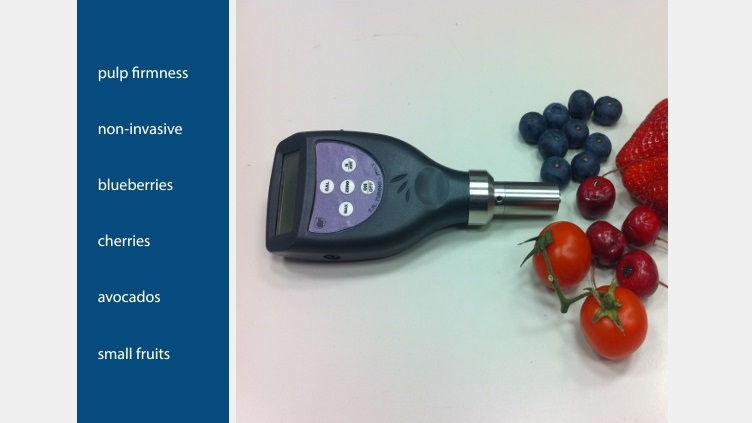Measurements
DA meter, a valuable tool to divide apples within harvest dates to assess susceptibility to postharvest disorders
Most physiological disorders of apples are associated with maturity. Examples include bitter pit and superficial scald, typically having highest incidences in earlier harvested fruit, and water-core, senescent breakdown and low temperature internal browning disorders such as soft scald, typically having highest incidences in later harvested fruit. The variation of occurrence of these disorders can be variable as within a given lot of fruit, presumably reflecting factors such variable maturity. Even fruit replications of 100 fruit each provide sample accuracy of only 10%. A new tool to assess chlorophyll concentrations is the DA meter, which can be used to separate maturity based on background color. We have used this tool to assess maturity relationships of apple cultivars within any single harvest date with
16 April, 2018
Most physiological disorders of apples are associated with maturity. Examples include bitter pit and superficial scald, typically having highest incidences in earlier harvested fruit, and water-core, senescent breakdown and low temperature internal browning disorders such as soft scald, typically having highest incidences in later harvested fruit. The variation of occurrence of these disorders can be variable as within a given lot of fruit, presumably reflecting factors such variable maturity. Even fruit replications of 100 fruit each provide sample accuracy of only 10%. A new tool to assess chlorophyll concentrations is the DA meter, which can be used to separate maturity based on background color. We have used this tool to assess maturity relationships of apple cultivars within any single harvest date with incidences of superficial scald and watercore in 'Delicious', soft scald and bitter pit in 'Honeycrisp', and flesh browning disorders in 'Gala'. The effects of the plant growth regulators, aminoethoxyvinylglycine (ReTain) and 1-methylcyclopropene (Harvista) on maturity and disorder incidences have also been investi-gated. Collectively, our studies show that the DA meter is a valuable experimental tool to divide fruit within harvest dates and improve the ability to explore factors associated with development of several physiological disorders. Acknowledgment of funding: We would like to thank NY Apple Research and Development Pro-gram and AgroFresh Inc., and USDA National Institute of Food and Agriculture, Hatch project 2013-14-483, Non-destructive measurement of apple maturity for funding the project.. SourcesUsing the DA meter to improve relationships among incidences of physiological disorders and maturity of apple fruitYosef Al Shoffe, Kazem Arzani, Jackie F. Nock, Jackie, Nurdan Gunes, Ay?e Oz, Yiyi Zhang, Chris B. WatkinsSchool of Integrative Plant Science, College of Agriculture and Life Sciences, Cornell University, Ithaca, NY 1483, USA 11th International FRUTIC Symposium, Berlin, 7 - 9th February 2018Picture, DA Meter by tr turoni









